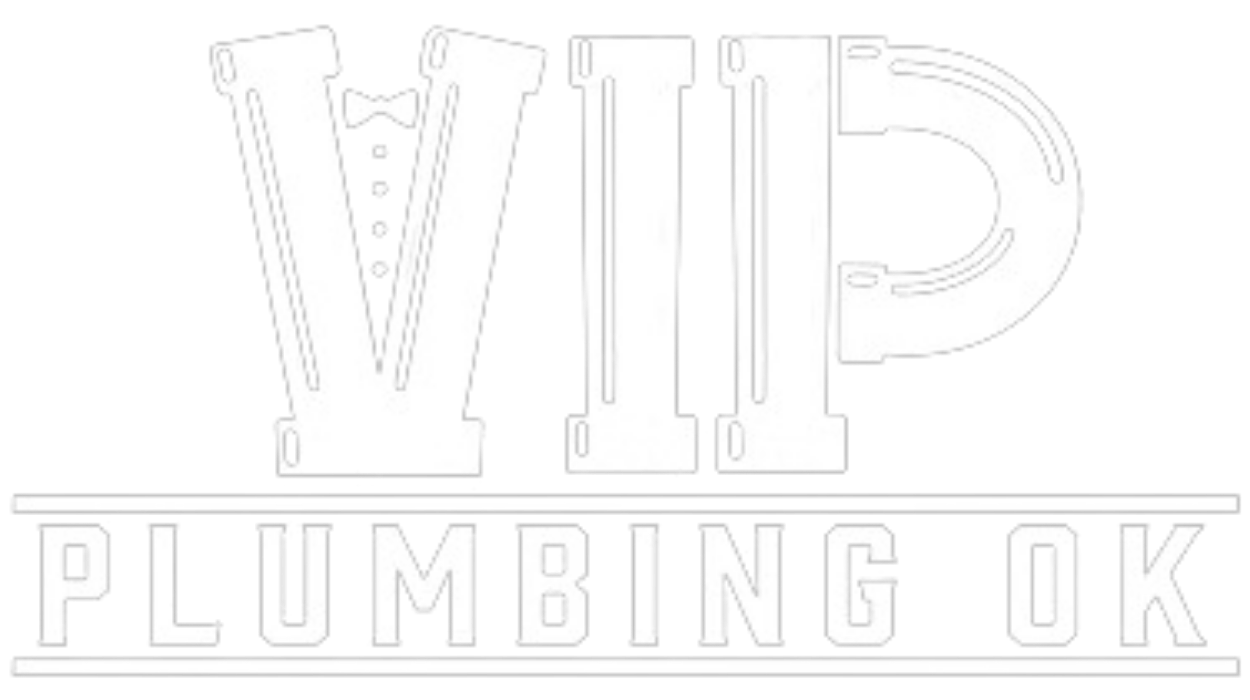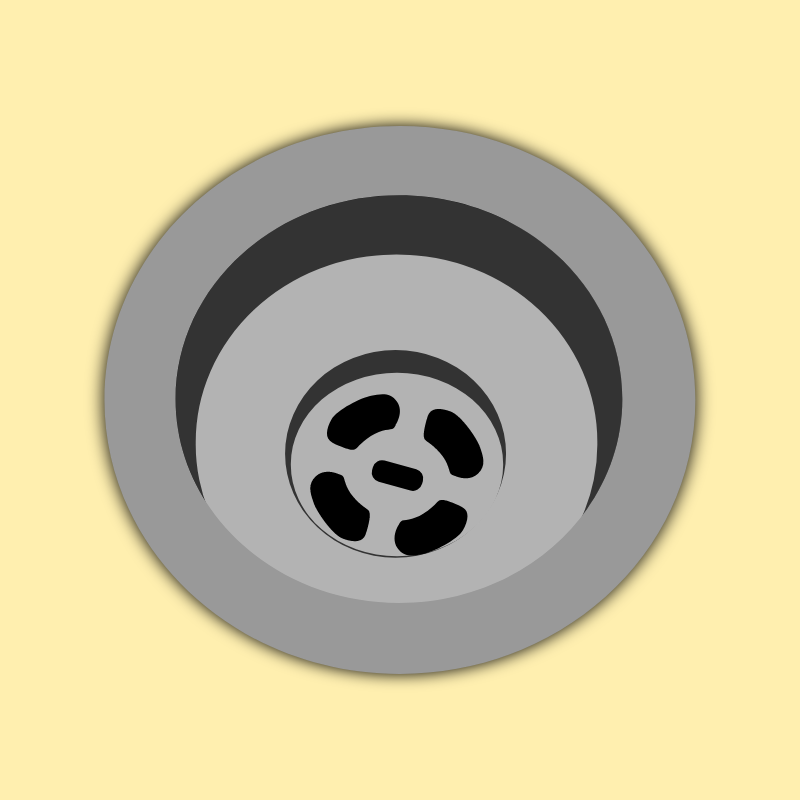Clogged plumbing drains are not only inconvenient but can lead to potentially dangerous conditions as well as costly repair bills. Luckily there are steps that homeowners can apply to keep their drains clear of clogs and their homes well-functioning. In this article, we will discuss the types of plumbing drains found in homes, the causes of clogged drains, and some practical solutions for unclogging them.
Types Of Plumbing Drains
Fixture Drains: Fixture drains refer to the visible part of a tub, shower, or sink drain usually equipped with a stopper. This is the beginning of the drainage process that ends at the sewer system or septic field. Clogs rarely occur here unless it is from hair collecting at the stopper.
Drain Waste Vent: This is part of the drainage network that removes waste from the home as well as serves as part of the ventilation system that pulls in fresh air.
Drain Trap Or P-Trap: This is the curved pipe located just under a plumbing fixture. This drain holds a small amount of water that acts as a seal to prevent sewer gases from re-entering the home. Toilet traps serve this same function.
Branch Drain Lines: This line connects fixture traps to soil stacks that feed main drains. These are always hidden from view so locating clogs in these lines is more difficult.
Soil Stacks: These vertical pipes move sewage to the larger sewer line. They include a vent that exits through the roof allowing four smells and gasses to exit while maintaining proper pressure within the system.
Sewer Drain: Runs from the home out to the municipal sewer system or septic field.
Causes Of Clogged Drains
Drain clogs most always begin in either the bathroom or the kitchen so we will look at these two rooms. The kitchen creates clogs mainly through the disposal of certain food items either into the garbage disposal or directly down the drain. Grease, oil, and fats are the #1 culprit with starchy or fibrous foods running a close second. It is wise to exclude eggs shells, coffee grinds, and any hard-to-grind items such as nut shells or bones.
In the bathroom, the biggest problems arise from poor flushing habits. A toilet is not intended to be used as a trash can so stop flushing anything other than human waste. Feminine hygiene products, condoms, dental floss, and even ‘flushable’ wipes must never be placed in a toilet. Additionally, oily bath products, soap scum, and hair accumulation can create hard-to-clear clogs in drain pipes.
Possible Solutions
Installing drain nets on sinks and tubs can catch many unwanted items from entering the drain. Just be certain to monitor and clean out these nets to keep water flowing freely. If a clog does develop a simple home remedy can be tried to clear the clog. Mix a cup of baking soda with two cups of vinegar and a few drops of liquid dishwashing soap. Pour this mixture down the drain and wait 1 hour. Then run very hot water to clear the blockage. If that method is unsuccessful the use of a cup plunger or a plumbing snake may solve your issue.
Chemical cleaners can be carefully tried but they may contain harsh chemicals that can burn you or damage the drains they are trying to clear. Some enzyme-based cleaners are labeled environmentally safe and can be effective at unblocking drains.
Because certain items congeal inside pipes it can be beneficial to run hot water in drains for a minute after each use. The hot water can act as a melting agent and remove some of this solidified matter.
When all attempts to clear a clog have failed it is time to call in the professionals. They have the knowledge and expertise to remove stubborn clogs and the specialized equipment to get the job done right. They can also evaluate the overall age, construction, and condition of your plumbing system which can provide invaluable information.
Conclusion
Regardless of where in your drainage system your clogged pipe occurs, it is imperative to locate it and remove it as quickly as possible. Ignoring a clogged pipe or the symptoms related to a clogged pipe can be disastrous. It could cost you extra money on your water bills, create unhealthy conditions of mold and mildew growth, cause slow-draining tubs and showers, and ruin your home’s infrastructure. Knowing how to respond to a clogged drain can save time and can keep your home in good working order. Take care of your clogs and rest easy. Your plumbing system is in good shape!

